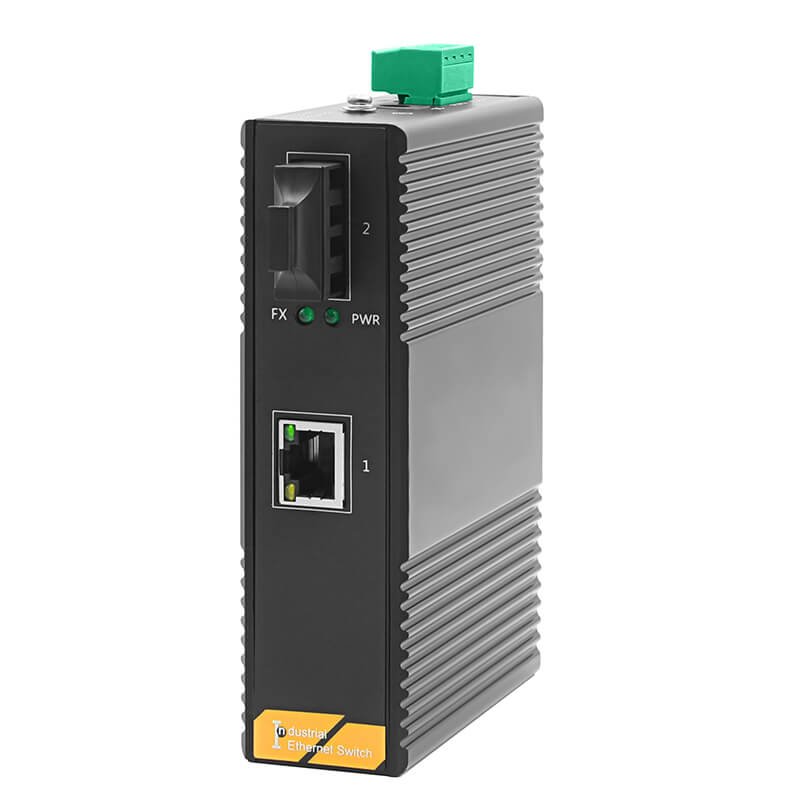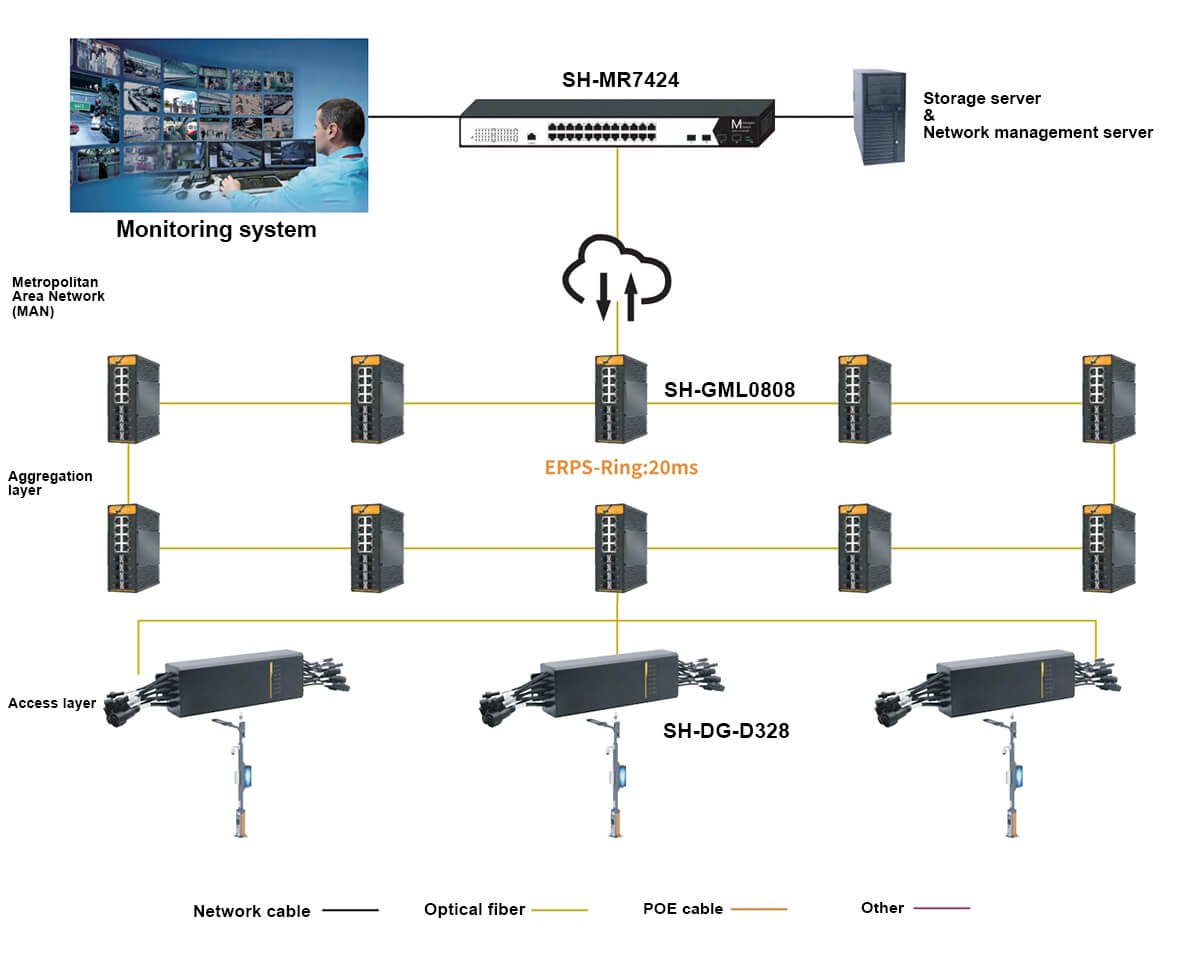
Scheme Background
Ports are important economic projects for the entire country. Nowadays, the digitization of ports has become a crucial aspect of port construction around the world. Especially after 2000, as shipping hubs, port businesses have been developing rapidly. Whether they are inland ports or import – export ports, they handle large – volume and ultra – large – volume freight throughput. Therefore, higher requirements are put forward for port video surveillance systems, which are used to ensure cargo safety and improve the level of safe production.
System Requirements
The construction of the system should fully consider the port’s supervision system structure and management model to form a complete network framework. Through the construction of the monitoring system, expand the scope of supervision, reduce monitoring blind spots in approach channels, ship – port interfaces, production areas, main roads, and perimeters. In combination with management requirements, integrate and transform the original video surveillance resources to improve the port’s “video surveillance system”. Proceeding from reality, carry out intelligent applications based on the video surveillance system, build an automated gate system, an intelligent people and vehicle management and control system, etc. Deeply integrate various technical means, and gradually promote intelligent applications in line with the actual needs of automated terminal operations. By strengthening monitoring, prevent safety accidents in the port area, effectively improve supervision efficiency and accident handling capabilities, and further enhance the dynamic supervision ability of the port monitoring center
Product List
Topological Diagram
This system is mainly composed of the following parts:
1. Front – end acquisition: responsible for the collection and encoding compression of video signals.
2. Portable devices: including portable devices and drones, responsible for mobile law enforcement and emergency response, etc.
3. Transmission system: responsible for data transmission throughout the system.
4. Storage system: responsible for data storage. The port and terminal platforms at all levels are equipped with their respective mounted storage systems.
5. Display and control system: includes a comprehensive video platform integrating video wall control and decoding and large – screen displays.
6. Management platform: includes the management platforms of the port and terminal at all levels, which conduct management and emergency command according to their respective authorities.




